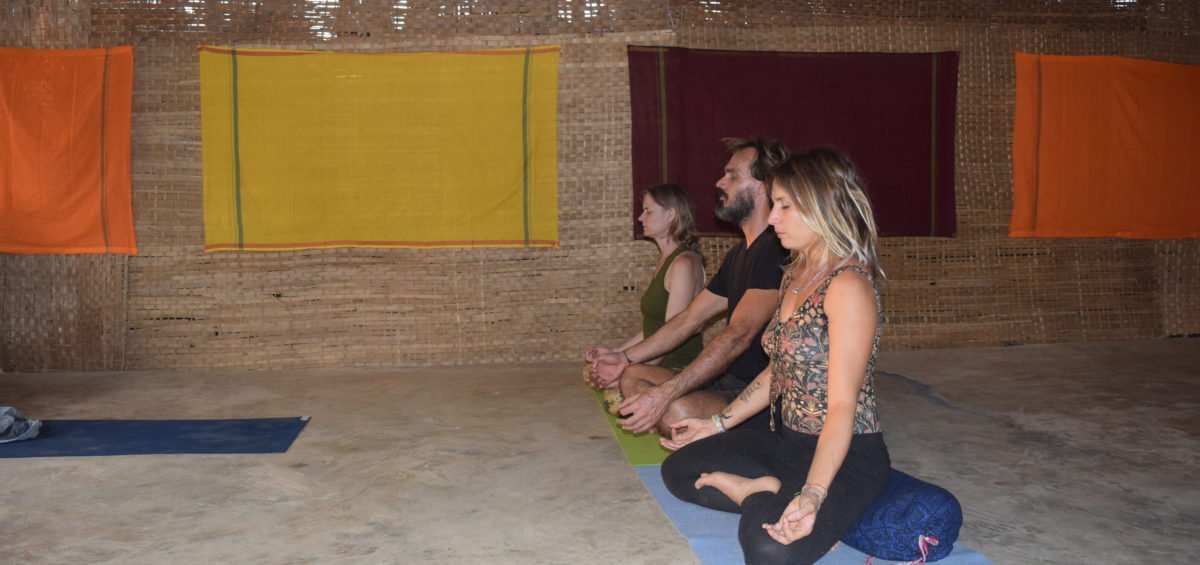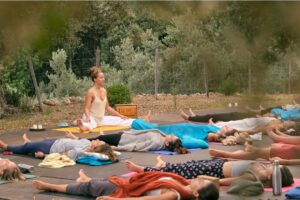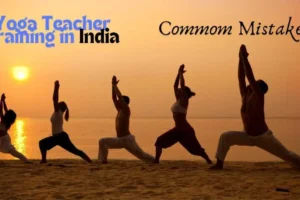Yin Yoga Philosophy and Practice

Yin Yoga introduction
The practice of Yoga has always been evolving. No one exactly knows about the exact time of its origin and the stages of evolution in the timeline of history but we certainly know that styles and forms of Yoga practice have in different eras been influenced by the evolution of human consciousness and external socio-cultural aspects which remains true in present time as well.
In Yoga, we try to connect with two forms. One is the physical form (body, muscles, and tissues) and the other is energetic (breath, mind states and energy meridians). These interconnected dynamic relationships between two forms perform a constant interplay and essentially shapes up our total personality. The interconnected dynamics between these two forms perform a constant interplay
Yin Yoga induces long-lasting healing by eliminating compulsive extremities of our personality which results in pain or diseases in the first place. Yin Yoga, when learned patiently and skillfully, can provide us an opportunity to travel within and realign our orientation. Once, we develop Yin and Yang integration we would be surprised with the actual positive results on our total existence.
Yang energies are more physical, outward and goal oriented. Students practicing Yoga in the West often imagine Yoga as a physical activity or social activity, often guided by ideas of the perfection and precision of the alignment of the poses they are trying to master. Success criteria becomes the level of difficulty in the postures and the perfection of the pose. This helps in being completely safe in our practice as well as strengthening our muscles and endurance. It also aids in postural integration and more prana in all the tissues of our body. However, the state of health is not merely strength, flexibility, and endurance. Unless we don’t allow to integrate outer and inner gracefully in a state of constant equilibrium, we wouldn’t be able to attain that perfect balance which is needed. In fact, inner balance is more important than outer balance. Eventually, with sincere guidance and consistent practice, most practitioners would be able to direct their energies towards the inside from the outside, from Yang energies to Yin energies. What we actually require is the balance of both.
Yin Yoga Defined
Yin Yoga philosophy originates from ancient Chinese principles of Daoism. Dao is the tranquility in the center of all events and paths leading to the center. The center always exists whether we exist there or not. As we deviate from the center, all disharmony, imbalances arise which eventually lead to all kind of issues on all levels. We have to embrace Yin and Yang energies and create that balance between both to attain true state of harmony and bliss. In ancient Indian Yogic philosophy ‘Yin’ is ‘Ida’ and ‘Yang’ is ‘Pingala’. The two nadis (energy pathways) defines subtle mental awareness and vital pranic force.
Yin and yang are relative terms and two sides of the same coin. One cannot exist without the other. They are two aspects of our existence. As our existence is never static and always in flux (change) so are our Yin and Yang attributes. As per traditional Chinese philosophy, everything has Yin and Yang qualities. Yang is is the sunny, active and reactive side whereas Yin is shady, condensed and receptive side as shade cannot exist without light and light can only be light when contrasted by shades of darkness.
The purpose of nature and our existence is not to move up or down, to deviate left or right but to be in the center holding everything within us, still holding nothing in the neutrality of the center.
Let’s practice Yoga within centeredness and balance. Let’s practice Yin Yoga with our online yoga classes!!
![1[1] Yoga Therapy](https://vishudhiyogaayurveda.com/wp-content/uploads/2024/08/11-300x200.jpg)

